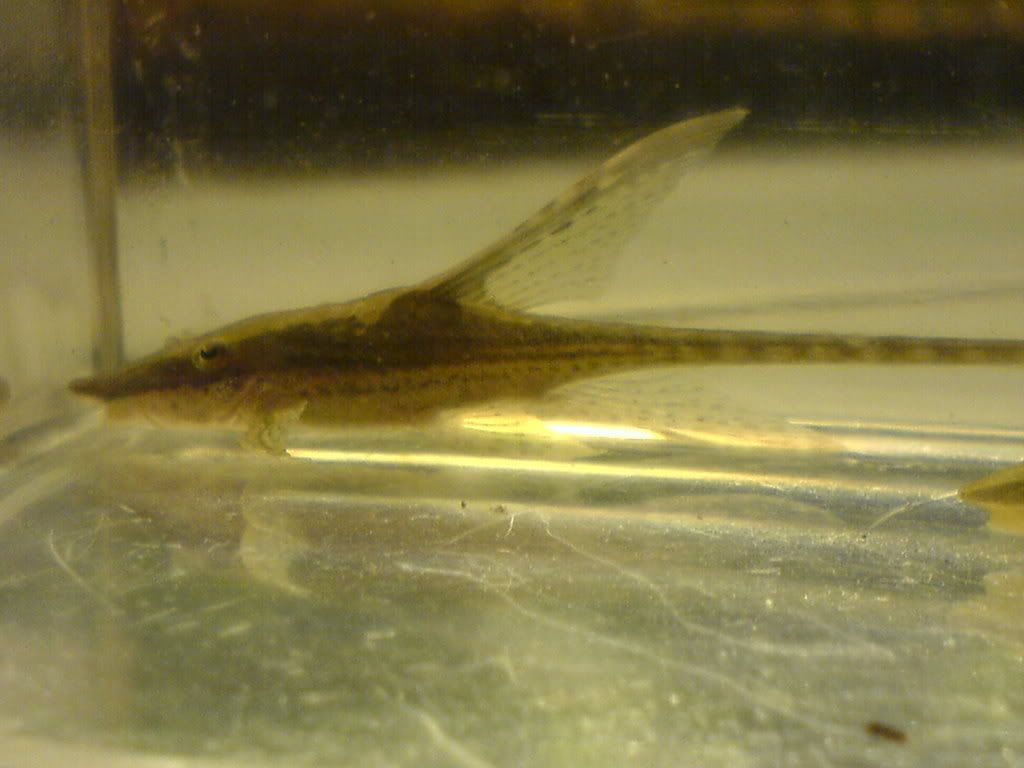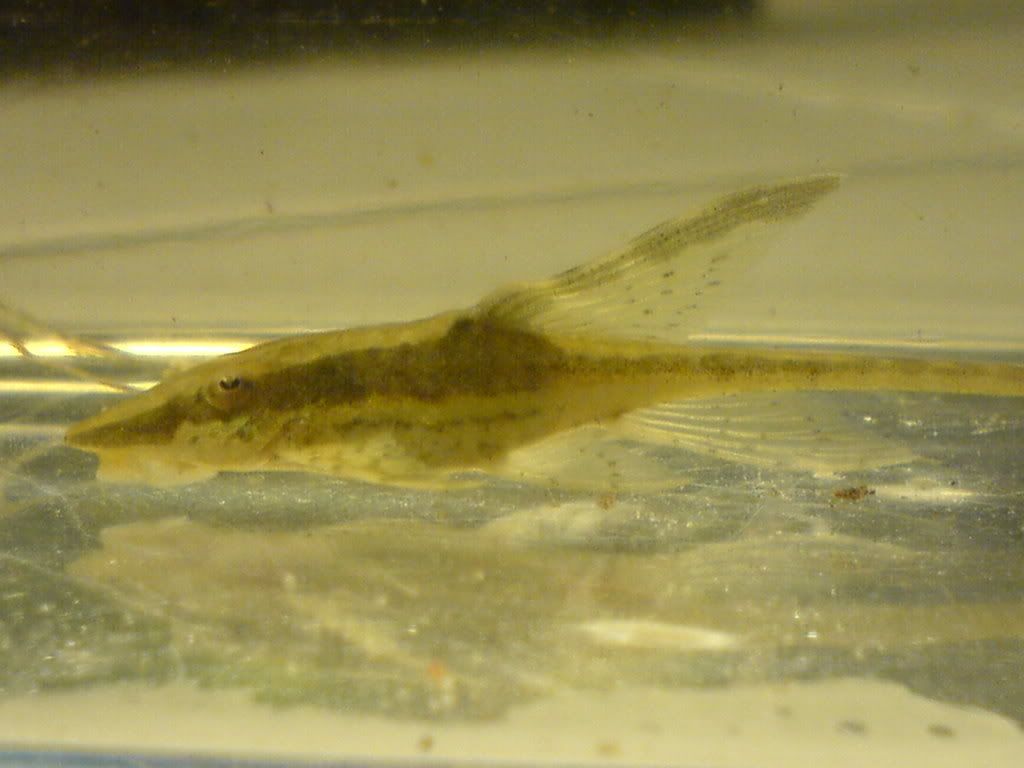To identify
Sturisoma species is very controversial and there are much more wrong identifications that there are correct identifications. I would say that 90% of all pictures on the internet are wrong identifications in this genus, the same with the trade where almost all are or was sold as
S. panamense even that both exporters and importers know that is/was wrong but an accepted name in the business. Today I think they are mostly exported under
S. aureum.
Even that I know I can be wrong I dont agree with the article, maybe to stubborn to accept that a typical
Sturisoma species would become another genus

I think we have to wait for the revision of the
Sturisoma genus to be published before we come any further in this mess among
Sturisoma and their relatives. Hopefully that will bring everything in the right place, before that we all are speculating.
Janne






